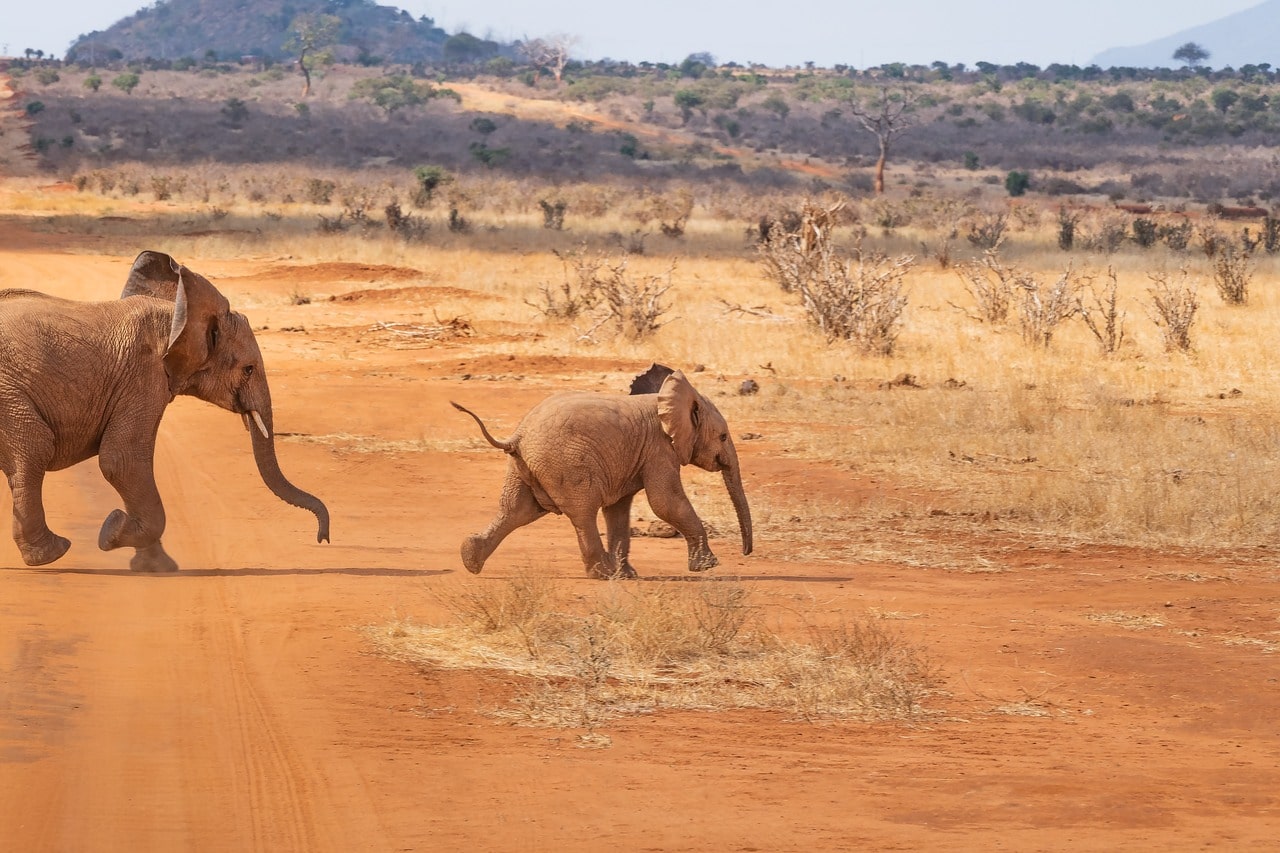
The world has experienced severe land degradation due to deforestation, climate change, drought, desertification and unsustainable land uses. Consequently, the productivity and health of farmlands, grazing lands and forests is damaged, which in turn harms the individuals and communities who depend on these resources for their food supply, health and income.
As a result, many rural populations in the developing world suffer from malnutrition, loss of opportunity, increased vulnerability and poverty. Migration increases as workers move away to earn a living, which can also lead to family fragmentation and increased potential for conflict. This is not a safe or sustainable future for rural communities. Nor does it help the growth of nations reliant on primary industries, such as agriculture.
But this is changing.
Communities across the world are transforming their lives and reshaping their lands through a low-cost, simple and sustainable land regeneration practice called Farmer Managed Natural Regeneration (FMNR). Through FMNR and their own efforts, communities can restore degraded lands to productivity relatively quickly and efficiently. When land productivity is restored, livelihoods can be restored, which in turn can enable communities to pull themselves out of poverty. Communities are empowered to gain control of their resources and nurture a sense of hope that comes through the FMNR approach.
Restoring ecosystem health also builds resilience – of people, their lands and their livelihoods – so the severity and impacts of environmental shocks such as drought, flood, extreme storms and insect attacks are decreased. Communities in turn are less likely to suffer total loss, having a more diverse natural resource base to draw from and recover with.
Evidence from across Africa and beyond, including satellite images, shows the positive impact FMNR has on communities by transforming landscapes and lives, and providing a platform for healthy ecosystems and economic growth.
What is FMNR and how does it work?
FMNR is the systematic regrowth and management of trees and shrubs from felled tree stumps, sprouting root systems or seeds, or in woody thickets. The following example is one common FMNR approach, but please note that the actual species chosen, the number of trees left per hectare, the number of stems selected for pruning and the degree of stem pruning varies according to context.
